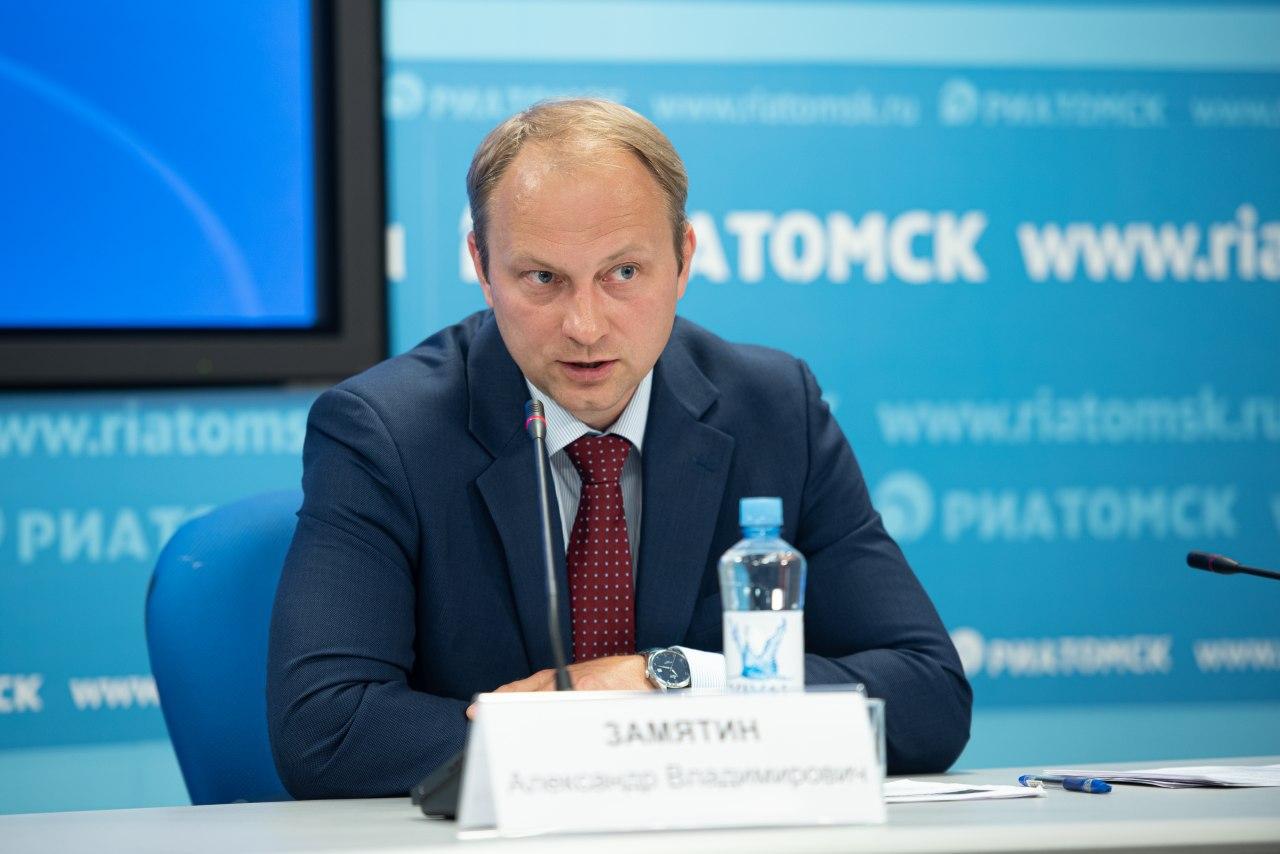At the end of 2019, the Laboratory for Artificial Intelligence and Industrial Analytics opened at the TSU Institute of Applied Mathematics and Computer Science (IAMCS). We met with Alexandr Zamyatin, Doctor of Engineering, Director of the IAMCS, and talked about why AI has become such a hot theme on the agenda, what role it plays in our everyday life, and how the Institute prepares specialists who will work with AI in the near future.

- Many people who are not involved with AI imagine it as robots that obey the three laws by Isaac Asimov. How would you explain what AI is?
- It is very difficult to explain something really complex in simple terms. Indeed, the idea of what it is often mythologized. In its most general form, AI is a number of methods, approaches, algorithms, and some software. One of the most relevant topics in the field of AI today is neural network developments, which, thanks to their architecture, adopt human thinking patterns and therefore are called "artificial intelligence".
The development of AI makes it possible to solve many problems with speed and accuracy, which we never even dreamed of before. This applies, for example, to medicine and medical diagnostics, security, industrial production, communications, and so on. Today it is almost impossible to imagine a field in which AI would not be applied. For example, video surveillance systems. They used to be just some video equipment that kept a record, which, if necessary, was viewed by specialists. Today it is both equipment and software capable of identifying human behavior, tracking an object in any conditions (poor lighting, heavy traffic), and “understanding” whether its behavior is potentially dangerous.
Here is another example that we all are familiar with: contextual advertising, which is customizable, depending on the behavior of a person on the Internet and even offline. An example of the former is the banners with exactly those goods and services that the user put in the "search engine" earlier. As for the second, imagine a situation when a person buys a car in the summer. And a few months later, he or she receives a message, reminding him to buy winter tires. That is, the offline consumer behavior is monitored by AI and affects what he or she sees on the Web.
- What companies today are on the top-list of those that use AI technologies?
- First of all, these are high-tech companies with billions of dollars in turnover: Google, Amazon, Facebook, and Tesla. Sberbank is clearly a leader in Russia. It has the Artificial Intelligence Laboratory, which deals with projects, including those that are very far from banking. There are “sofa experts” and haters who accuse Sberbank of poor data protection, trying to question the company's competence in this area. However, you need to understand the following: failures in the security system of Sberbank are not connected with technology, but ... with people! Where there is a human factor, there will always be a "fight between a shell and armor": new protection systems appear and immediately a certain circle of people solves the problem of finding mechanisms to break them.
- What projects for industrial partners have already been carried out and on what projects are the laboratory staff working today?
- Unfortunately, it is impossible to give details on any project of the projects we have been working on. This is a very sensitive topic, customers and contractors are usually bound by non-disclosure agreements. The tasks to be solved are aimed at increasing the competitiveness of enterprises, and our industrial partners are very serious about protecting their interests. Sometimes they can't even share all the data with us, albeit it can harm their potential profit.
- What is the role of universities in the development of AT?
- To develop AI technologies, it is necessary to provide a certain environment, an ecosystem. There is no alternative environment that could compete with universities. It does not exist in our society at the moment. This is where ideas are born, this is where they turn into a business. Large companies with serious resources establish universities within their ecosystems. Sberbank with its Corporate University is a good example of that.
- What is more important for the TSU AI Laboratory: the brains of its staff or the “brains” of its super-computers?
- People are always the most precious resource. We have more than 30 doctors and about a hundred candidates of sciences at the IAMCS. At the Laboratory, we adhere to the project-based approach: research teams are formed around tasks that need to be solved. Both professors and undergraduate students can work on the same team.
- There is an opinion that great changes are emerging in the labor market. The cause is the AI’s ability to do what used to be done by humans. Some professions will disappear and most people will serve AI. Do you think this is what may happen?
- It is difficult to make absolutely accurate predictions about this. There is one thing we can be one hundred percent sure about: where there is a need for creativity and out-of-the-box thinking, there will always be a need for a human being. The most valuable human resources of the future will be people who can offer unique solutions. And this applies to any type of action: from proposing original ideas in the field of project management to creating original software. In this regard, the university is exactly the place where such skills are formed and the ability to think flexibly and outside the box develops.
Next time we will talk about what exactly the Institute of Applied Mathematics and Computer Science offers to its applicants and what prospects open up for its graduates, we will tell in
Editorial Board
